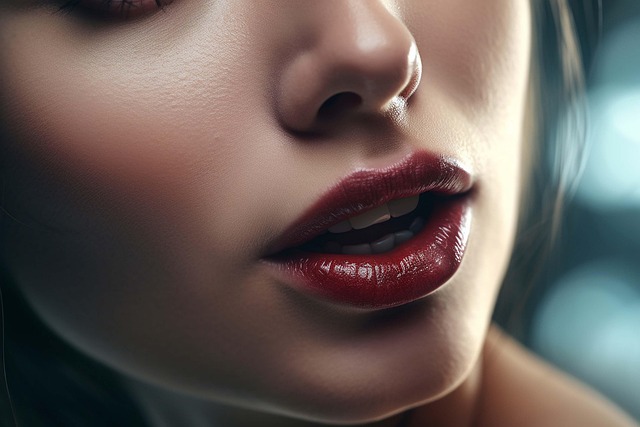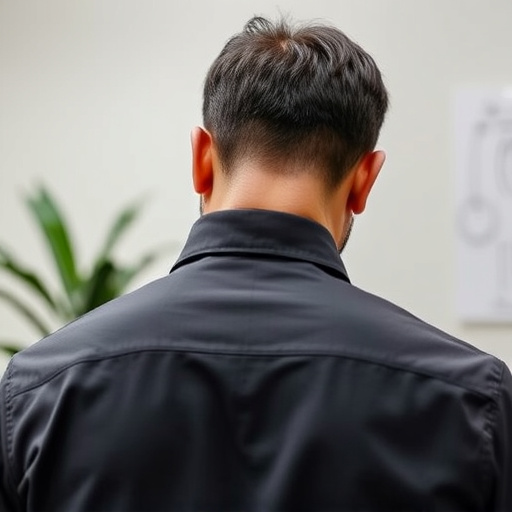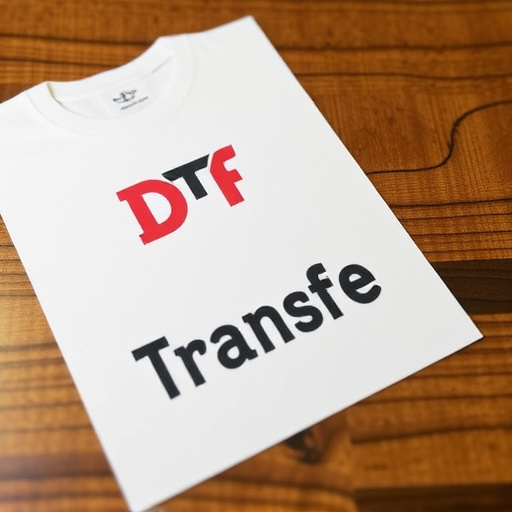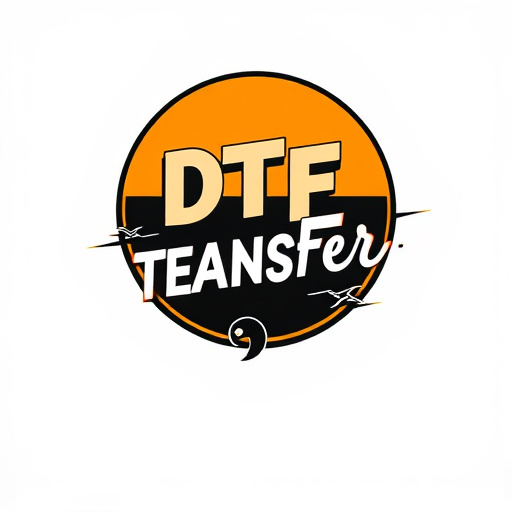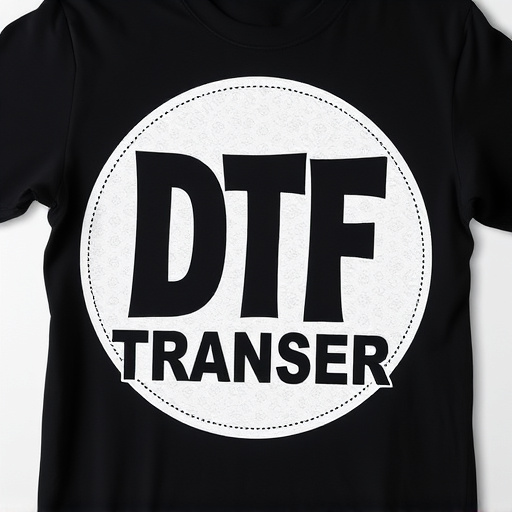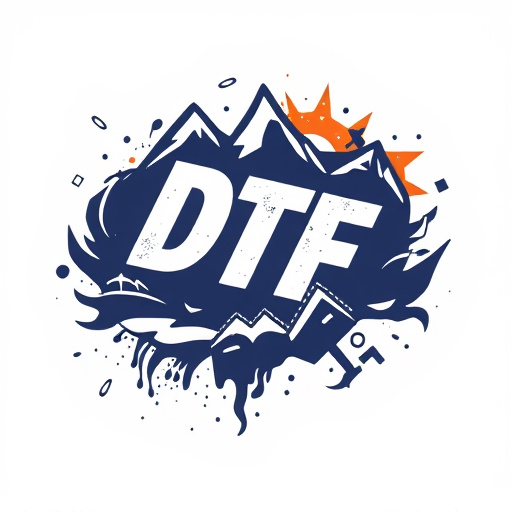Direct-to-Film (DTF) transfers are transforming cap decoration with cutting-edge printing that creates intricate, vibrant designs on thin films like polyester or vinyl. This process offers high-quality prints with exceptional detail and color accuracy, making it popular for fashion accessories, promotional items, and custom headwear due to its longevity. DTF's versatility allows for full-color graphics on diverse cap shapes and sizes, while proper sizing and material selection are key to achieving optimal results. The meticulous process involves digital art files, cleaning cap surfaces, calibrating printers, testing, and applying clear coats for enhanced durability.
“Unleash your creativity with Specialized Direct-to-Film (DTF) Transfers for cap decoration. This comprehensive guide explores the transformative power of DTF technology in enhancing headwear design. From understanding the basics of DTF transfers to mastering printing techniques, we delve into optimizing size and material choices for exceptional results. Discover how DTF allows for intricate designs, vibrant colors, and unique opportunities in cap customization. Elevate your creations with this cutting-edge process.”
- Understanding Direct-to-Film (DTF) Transfers: A Brief Overview
- The Role of DTF Transfers in Cap Decoration: Unique Opportunities
- Sizing Considerations for Optimal DTF Transfer Quality
- Choosing the Right Materials for DTF Printing: Ink, Films, and Substrates
- Techniques and Equipment Used in DTF Transfer Process
- Best Practices for Creating High-Quality DTF Prints for Caps
Understanding Direct-to-Film (DTF) Transfers: A Brief Overview
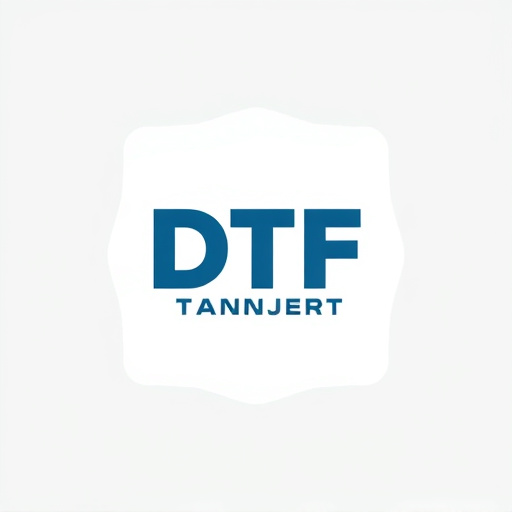
Direct-to-Film (DTF) transfers are a cutting-edge printing technique revolutionizing the way we create and apply graphics, especially for cap decorations. This innovative process involves transferring intricate designs and images directly onto film, enabling precise and vibrant reproduction on various surfaces. DTF Printing offers a unique advantage by allowing for high-quality prints with exceptional detail and color accuracy, making it an ideal choice for enhancing caps and headwear.
The DTF Transfer method starts with digitally creating or editing artwork using specialized software. This design is then printed onto a thin film, often made from materials like polyester or vinyl. The film acts as a carrier, allowing for precise placement and adherence to the desired cap surface. This technology ensures that prints remain sharp, vibrant, and long-lasting, making it a popular choice for fashion accessories, promotional items, and custom headwear.
The Role of DTF Transfers in Cap Decoration: Unique Opportunities

Direct-to-film (DTF) transfers have emerged as a game-changer in cap decoration, offering unique opportunities for designers and brands to create captivating and personalized headwear. This innovative printing technique allows for high-quality, full-color prints that can be applied directly onto various cap materials, from cotton to polyester. With DTF transfers, endless design possibilities unfold, enabling the reproduction of intricate graphics, photographic images, and even textured patterns with remarkable precision.
One of the key advantages of DTF transfers in cap decoration is their versatility. These transfers can accommodate diverse cap shapes and sizes, making them suitable for a wide range of products. Whether it’s a structured baseball cap, a curved bucket hat, or an adjustable bandana, DTF prints can be tailored to fit seamlessly, ensuring that the design pops while maintaining comfort and style. This method also facilitates rapid production, allowing businesses to quickly adapt to changing trends and meet customer demands for unique, customizable caps.
Sizing Considerations for Optimal DTF Transfer Quality
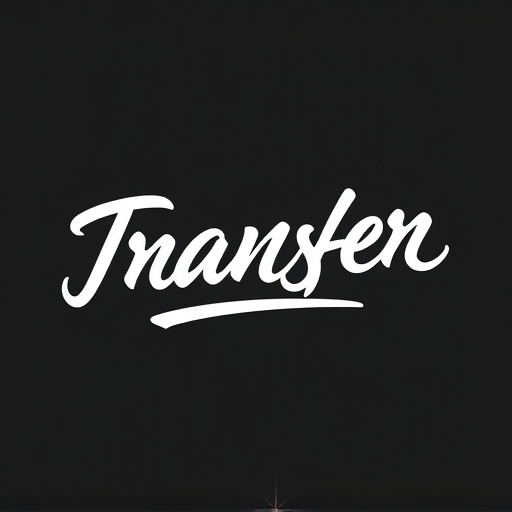
When preparing designs for direct-to-film (DTF) transfers, sizing is a critical factor that can significantly impact the quality of the final DTF prints. Each film type has its own dimensions and resolution specifications, so it’s essential to size your artwork accordingly. For optimal results, ensure your design elements are scaled accurately to match the physical size of the cap decoration area. This means considering the actual dimensions of the cap, including curve radii and any specific regions that require intricate detailing.
Proper sizing ensures that text remains legible, graphics maintain their sharpness, and overall print quality is consistent across different cap shapes and sizes. Using the right scaling allows for precise registration during the printing process, preventing issues like misalignment or oversize/undersize prints. Remember, a well-sized DTF design captures the intricate details of your artwork while adapting seamlessly to its intended cap decoration application.
Choosing the Right Materials for DTF Printing: Ink, Films, and Substrates
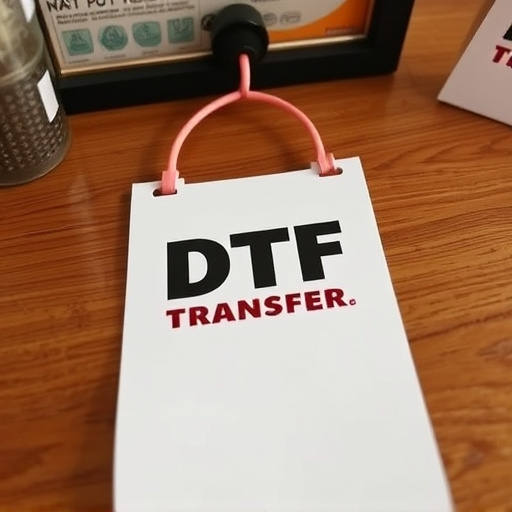
When it comes to creating specialized direct-to-film transfers (DTF) for cap decoration, selecting the appropriate materials is paramount. The quality and compatibility of ink, films, and substrates directly impact the final output, ensuring vibrant DTF prints that withstand the rigors of cap adornment.
For DTF Printing, high-performance inks are essential. These inks should be designed for use on various materials and offer excellent color saturation and durability. Vinyl films are a popular choice due to their flexibility and ability to adhere well to different surfaces. Additionally, the substrate, or the material the film is applied to, plays a crucial role. Cap decorations require a thin, lightweight substrate that can be easily attached and removed without damaging the cap or the design.
Techniques and Equipment Used in DTF Transfer Process

The Direct-to-Film (DTF) transfer process involves advanced techniques and specialized equipment to achieve high-quality prints suitable for decorative caps. This method captures intricate designs with exceptional detail, making it a preferred choice for creating personalized or promotional cap decorations. The DTF printing technique starts by using a digital image that is then transferred onto a film, which acts as a flexible medium. This film is precisely cut and sized to fit the desired decoration area on the cap, ensuring a perfect fit.
Specialized machines employ heat and pressure to bond the film with the cap material, creating a long-lasting bond. The equipment utilized in this process includes high-resolution printers capable of producing sharp, vibrant DTF prints. Additionally, cutting tools are employed to meticulously trim the film, leaving no residual edges. This meticulous attention to detail guarantees that the final decoration on the caps is both aesthetically pleasing and durable, meeting the requirements for various applications, from fashion to promotional merchandise.
Best Practices for Creating High-Quality DTF Prints for Caps
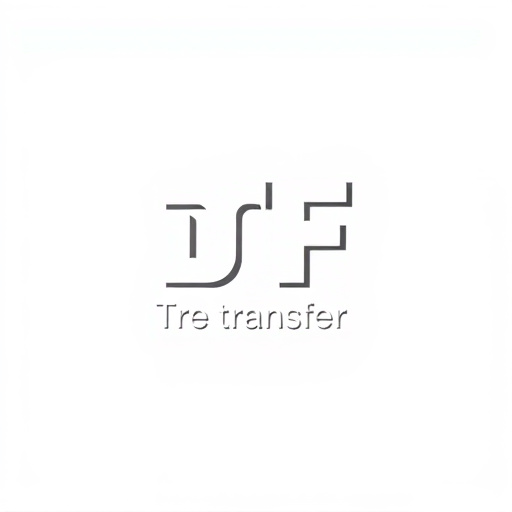
Creating high-quality DTF (Direct-to-Film) prints for caps requires a meticulous approach to ensure the final product is vibrant, sharp, and long-lasting. The first step involves selecting the right materials—high-resolution digital art files with accurate color profiles are essential. Using vector graphics or raster images at 300 DPI or higher ensures crisp details and smooth lines on the cap.
Before printing, preparation is key. Cleaning the cap surface to remove any contaminants or oils is crucial. Proper calibration of your printer settings, including ink density and curing time, guarantees consistent results. Testing on scrap materials first allows for adjustments without compromising final products. Finally, applying a clear coat over the DTF transfer not only enhances durability but also adds an extra layer of protection against fading or scratching.



